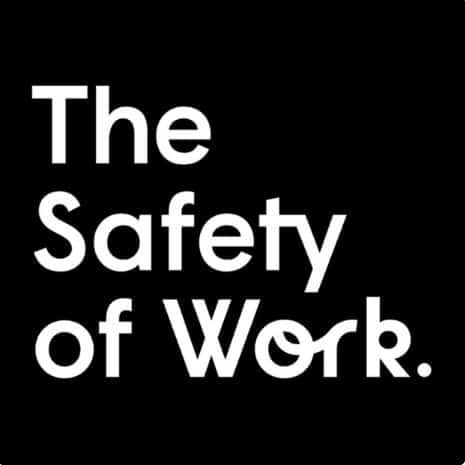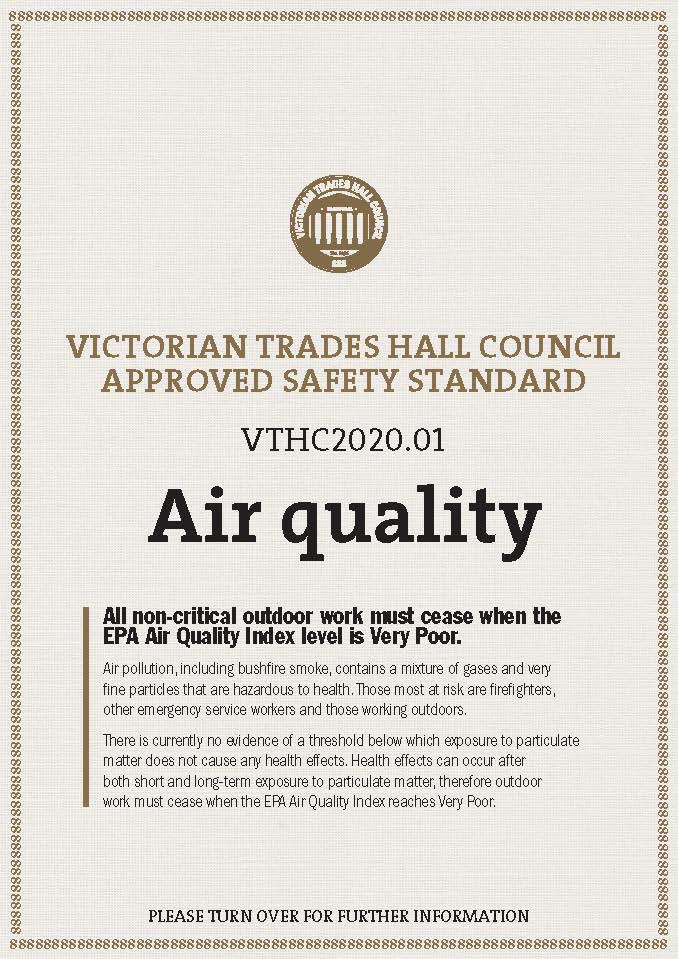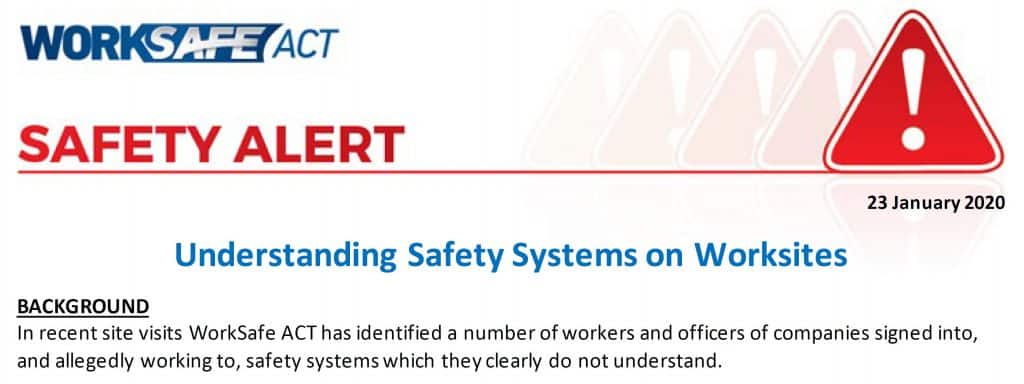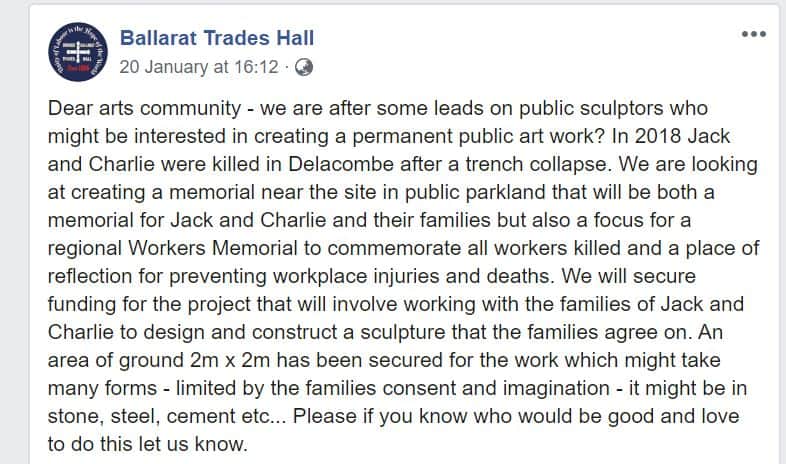
Two workplace health and safety researchers, David Provan and Drew Rae have teamed up for a weekly podcast called “The Safety of Work”. I haven’t got through all of them yet, but the format seems to be that each episode looks at an interesting occupational health and safety (OHS) research to see how the evidence or findings can be applied in the real world.
Given the recent themes of this blog I paid attention to Episode 11 on Production v Safety. (Episode 12 on Zero Harm is this week’s edition)






